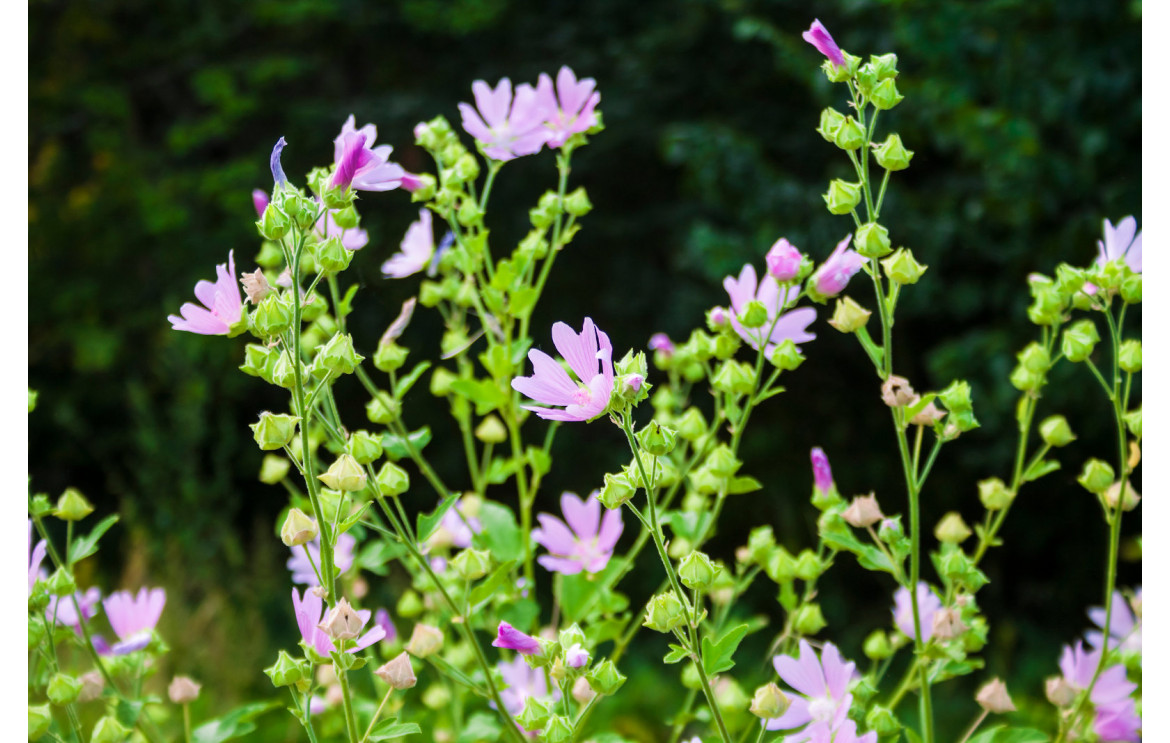
What is marshmallow best for
08/10/2021 | HerbShopUK
Marshmallow, from the Latin Althaea officinalis L., is a plant belonging to the family of hellebores. It has a strong stem, crimson leaves and pale pink flowers. Interestingly, hawthorn is native to the Mediterranean, although it is now cultivated in Europe, Asia Minor and North America. The plant can grow to a height of 1.5 metres. It blooms in July and August and it is then that the flowers are harvested. However, it owes most of its health benefits to its roots, which contain the most mucous substances. Pectin, betaine, mineral salts, starch, amino acids, flavonoids, organic acids and coumarins, among others, can be found there.
Healing properties of Marshmallow plant
The most well-known properties of Marshmallow is the alleviation of upper respiratory tract infections. It is used as a protective agent in pharyngitis, laryngitis, vocal cord inflammation and as an auxiliary agent in the treatment of tonsillitis and infections with dry cough or persistent bronchial secretions. The mucilage contained in the plant has a coating effect on the mucous membrane and soothes irritation. On the one hand it protects the throat mucosa during coughing against drying and on the other hand it facilitates expectoration of secretion.
What is more, shielding and soothing properties of this herb help to alleviate pain or irritation of mucosa in the oesophagus. Marshmallow also protects digestive system in case of heartburn, gastritis or hyperacidity and in case of problems with duodenum. It also improves digestion and helps with constipation by improving intestinal peristalsis.
Marshmallow can be used on skin lesions, however, externally an infusion of dried herb is used, which after cooling down can be used to make warm compresses on hard to heal wounds, abscesses, ulcers, boils and even burns. Marshmallow therefore also has anti-inflammatory, antiseptic and soothing properties.
Contraindications
Not every person, however, can use the plant. The most important contraindications are pregnancy, breastfeeding period and hypersensitivity to the plant, which, admittedly, happens very rarely, but especially allergy sufferers should be careful. Marshmallow should also not be administered to children younger than 6 years of age without prior consultation with a pediatrician.
Neither should it be used internally for a long period of time, since the mucous substances contained therein, in addition to having a soothing effect, have an encapsulating effect and thus hinder the absorption of, for example, vitamins and minerals, which can lead to certain deficiencies.
How do I prepare an infusion of Marshmallow plant?
Marshmallow can be an ingredient of ready-made cough syrups or lozenges, but for skin or digestive problems an infusion made from dried root is more useful. Dried root can be bought in pharmacies, tea shops and herbal shops. One teaspoon of the dried root in one cup of lukewarm water is enough. Such a decoction needs to be set aside to soak for an hour, then boil, drain the dried plant and wait until it cools down. It may be used for drinking (no more than 3 cups a day) or as a compress on the skin.
In our shop you can buy both the root and the leaves of Marshmallow plant.
